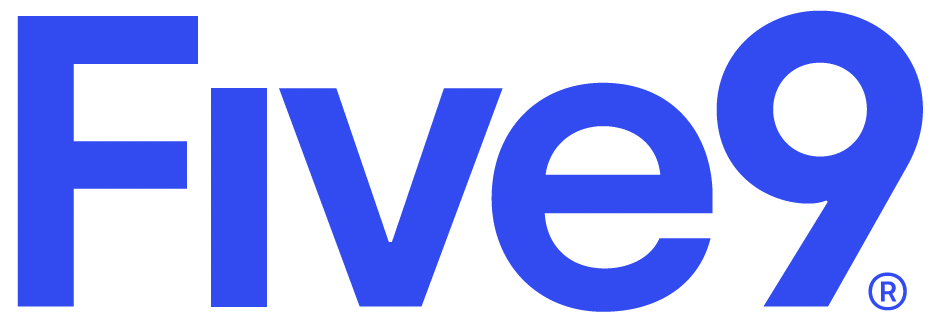Flexible Spending Accounts (FSAs)
Flexible Spending Accounts (FSAs) allow you to set aside money from your pay, pre-tax, and use it for medical, dental, and vision expenses any time during the plan year. You can use the account for yourself, your spouse, your children under age 27 as of the end of the tax year, and your legal tax dependents. The FSA plan year runs from January 1st to December 31st and you have until March 31st to submit claims for expenses paid for in the prior year. You can rollover up to $660 from 2025 to 2026. FSA must be elected for 2025 to receive a rollover from 2024. If FSA is not elected for 2025, any unused 2024 balance will be forfeited.
The Three Types of FSAs Are:
Plan Information
Plan Name: XXXX
Policy Number: #XXXX
Effective Date: XX/XX/XXXX
Network: XXXX
Healthcare FSA
Contribute up to $3,300 per year, pretax, to pay for medical, dental or vision expenses. You don’t have to enroll in one of our medical plans to participate in the Healthcare FSA.
*If you are enrolled in the Five9 Cigna HDHP you are not eligible for the Healthcare FSA but can enroll in the Limited FSA.
Limited Purpose FSA
Should you or your spouse participate in an HSA-compatible plan like Five9’s Cigna HDHP, you are eligible for the Limited FSA. You can contribute up to $3,300 per year, pretax, to pay for dental and/or vision expenses only (not medical).
Dependent Care FSA
Contribute up to $5,000 per year ($2,500 if married and filing separate tax returns), pretax, to pay for daycare expenses associated with caring for elder or child dependents that are necessary for you or your spouse to work or attend school full-time. You cannot use your Healthcare or Limited FSA to pay for Dependent Care expenses.
Use It or Lose It
Note: You can rollover up to $660 from 2025 to 2026 for the Healthcare or Limited Purpose FSA. FSA must be elected for 2026 to receive a rollover from 2025. If FSA is not elected for 2026, any unused 2025 balance will be forfeited. Dependent Care FSA is not eligible for rollover.
How Much Could You Save?
Here’s an example. Let’s say Tom decides to set aside $2,000 in an FSA for the year. Normally, on that money, he’d pay $560 in federal income tax, $100 in state income tax, and $153 in FICA tax. So, by contributing that $2,000 to his FSA, he’ll get an $813 tax savings for the year.
Without the FSA, Tom would pay:
- 28% in federal income tax: $560 savings
- 5% in state income tax: $100 savings
- 7.65% in Federal Insurance Contributions Act (FICA) tax: $153 savings
His total tax savings for the year with an FSA: $813
